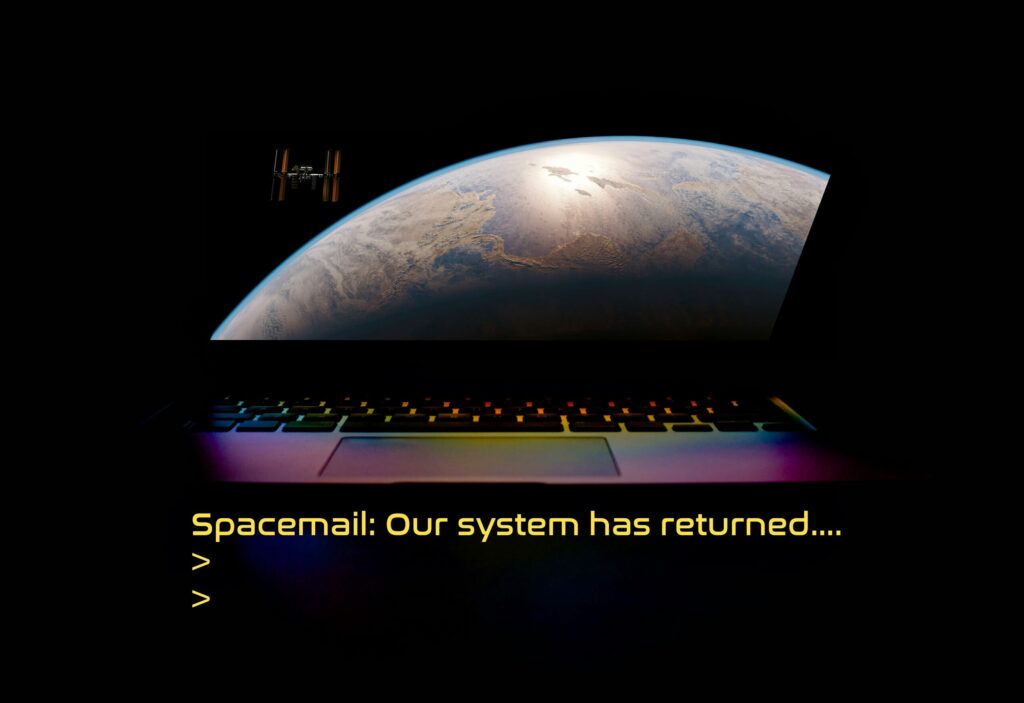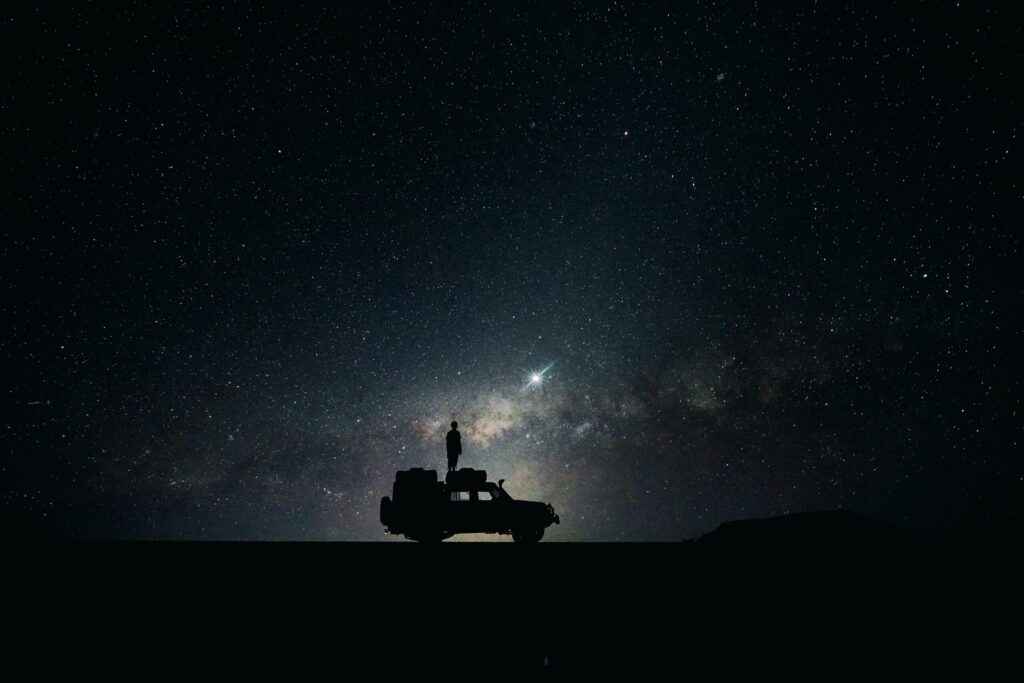Astronauts drink their urine: How is it possible?

Regardless of whether you are in Singapore, India, or Denmark, every human needs to visit the toilet occasionally. The same need is apparent for astronauts, but peeing 400 kilometers from Earth is challenging.
Water is a luxury in space, and the astronauts' urine is needed to maintain water resources at the International Space Station. This is where the Aquaporin technology comes into play. In space, astronauts are forced to drink their wastewater, and with our membrane technology, they can filter it into clean drinking water.
Ingrid Helgeland is part of the Aquaporin Space Team, dubbed the Aquanauts, and here she has been working on developing the technology.
"It is very expensive and takes a long time to send more water to the space station – especially if we go further away such as to the Moon or Mars. In comparison, the International Space Station is 400 kilometers away from Earth while the moon is close to 400,000 kilometers away from Earth."
Ingrid Helgeland, Process Engineer
How is the filtration done?
Deep diving into the world of filtration can seem as complicated as space exploration for the layperson, but for Ingrid Helgeland, the science behind water filtration in space started in 2019.
The water filtration system on the Huginn mission will use Aquaporin’s Hollow Fiber Forward Osmosis membrane to clean the astronauts’ wastewater. Here, water will be driven through the membrane by an osmotic driving force, and the membrane will hold back all contaminants and thus ensure that only clean water makes the journey into the salty draw solution.
In this video by the Danish science webpage Videnskab.dk, you can see how Aquaporin’s technology works in space.
The new, semi-closed loop water recycling system is a dual loop system that consists of a primary loop powered by Aquaporin’s patented Aquaporin Inside® technology.
Test and optimization
Over the years, the focus of Ingrid's work has changed to constantly optimize the processes, and most recently she has been focusing on the second part of the filtration process.
"I focused on optimizing parameters such as temperature and pH value in the water recovery system. The second filtration process is membrane distillation that will remove the water from the used draw solution, and the salts of the draw solution cannot vaporize, meaning you end up with very pure water."
Ingrid Helgeland, Process Engineer
Removing the water through distillation happens as the water is heated to around 40-50 degrees Celsius, and then the vapor can pass the hydrophobic membrane that repels water in liquid form. Then, after passing the membrane, the vapor is cooled down to room temperature, leading the water to condense again.
Knowledge to the people
Filtrating urine in space is just one way of understanding Aquaporin technology. Still, we pride ourselves on involving people in our space journey, and that involvement can come in many different shapes, forms, and styles. We want to make the Huginn mission as accessible as possible to everyone. Therefore, we are also part of two art exhibitions focusing on the space mission spearheaded by the Danish astronaut Andreas Mogensen.
One exhibition is permanently stationed at the Confederation of Danish Industry (DI) in the center of Copenhagen. The other exhibition is a traveling exhibition that will travel around Denmark when Andreas Mogensen is in space.
Not all people have access to exhibitions, so Aquaporin decided to participate in a documentary by the Danish Broadcasting Company (DR) about the Danish space program and the many exciting science projects heading into space.





